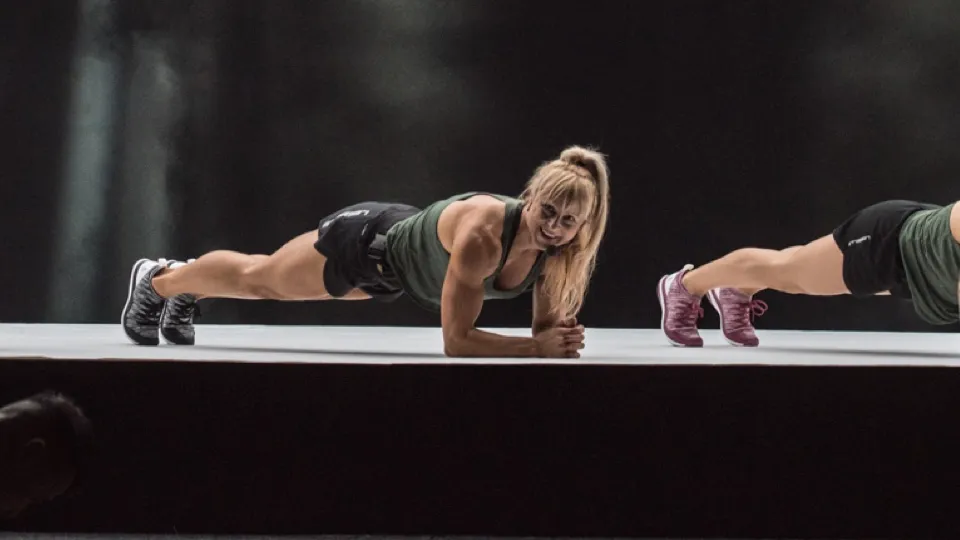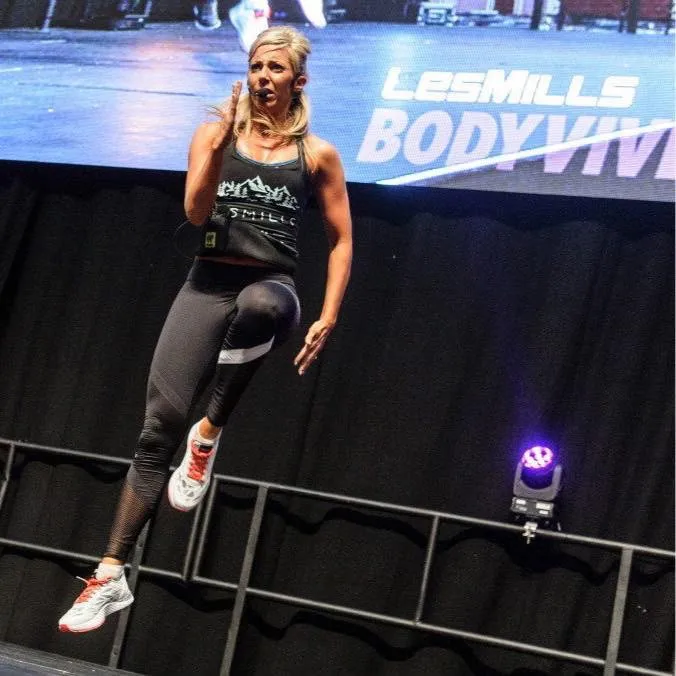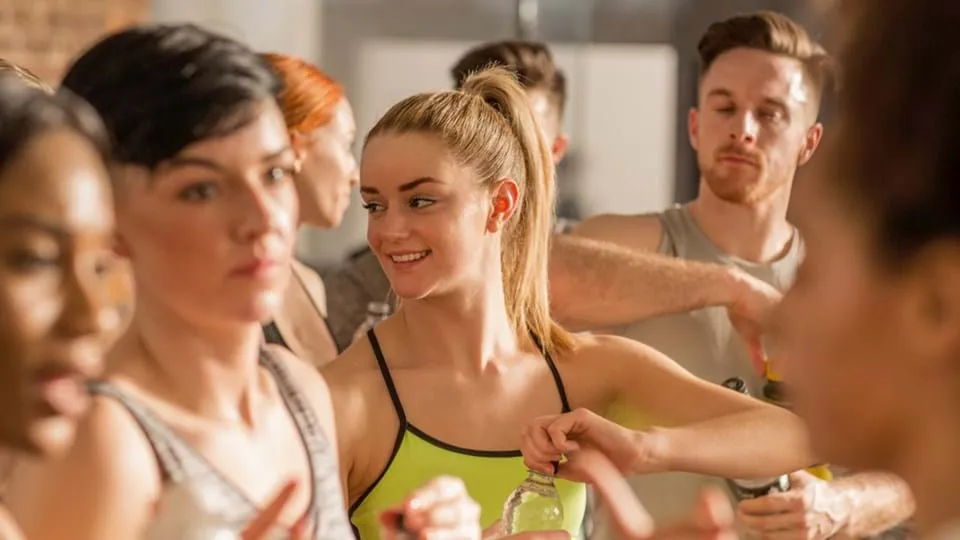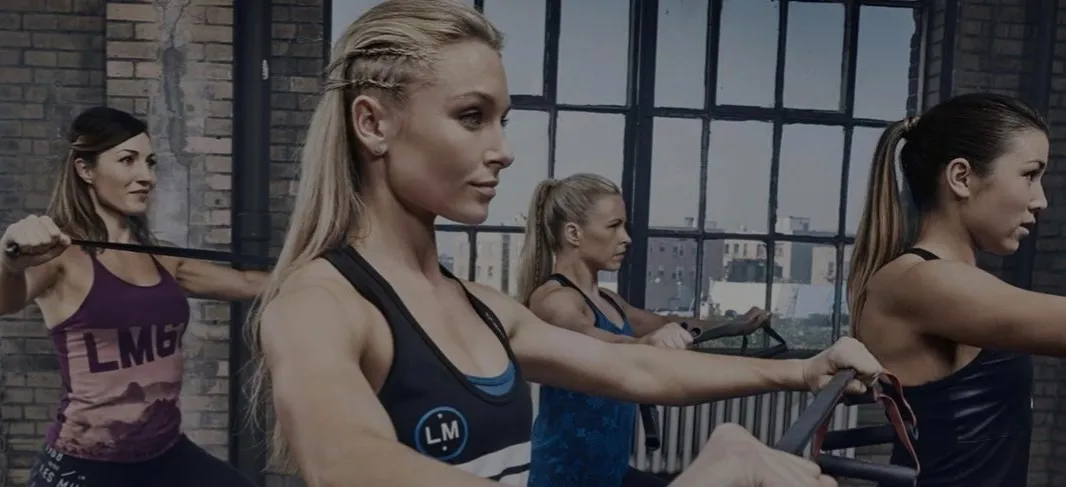Highlights Of Bodypump 126
.webp)
Glen and the team unveil the benefits of BODYPUMP 126 — a killer workout that’s overflowing with innovation and cool new sounds, presented by a massive international team.
TRACK 2 SQUATS
“I had a slightly shorter piece of music for this track,” says Glen Ostergaard. “It’s just under six minutes, which meant the workout factor was dialed right up. There’s only one count of eight for recovery, so the intensity was heightened. That’s the same with Track 4, Back, too. You only put the bar down once, so the intensity skyrockets.”
Bronte Terrell, who presents this track on Masterclass, says: “It’s a BIG squat track musically, and I think Instructors are going to have lots of fun playing with this one. The music does so much that you as the Instructor don’t necessarily have to. You can play with the music and the lyrics, it’s fun, it’s a vibe, it’s got character and it feels like ‘old school big Squat track energy’ – which we haven’t had for a while. I love it!”
Presenter Niko Viskari agrees: “This track has goosebumps written all over it. The beat just hits hard, the bass is insane, and I think we all love a little drama in BODYPUMP!”

TRACK 3 CHEST
BODYPUMP 126 welcomes back the Narrow to Wide Press, last seen in Release 108. This track is a favorite of Reagan Kang, who says: “The Chest Track has a cool, calm, and focused feel. Of course, it being Drake is a bonus!”
The great thing about this exercise is that the low elbow position in the Narrow Press recruits the lower pec muscles (the sternocostal part) which originate from the sternum and the ribs. The Wide Press activates the upper pec muscles (the clavicular part) that originate from the collarbones. The combination of both enables us to strengthen the full pectoralis group – meaning our participants are getting maximum bang for their buck!
Teaching Tip: If members are simply opening the angle at the elbow at the bottom of the Narrow Press — rather than pressing out — encourage them to feel the ‘push’ as they extend the plates away in the Wide Fly.
TRACK 5 TRICEPS
“We have two new innovations in Triceps: the Double Arm Kickback and the Single Arm Extension,” says Glen. “The Double Arm Kickback is performed in a kneeling position, which means we get the bonus of also training our posterior chain and challenging the core. The Single Arm Plate Extension is cool because it’s a unilateral movement, meaning we iron out any imbalances between our left and right arms.”
Teaching Tip: Share the benefits of unilateral training, with cues such as: “It helps to improve structural imbalance”; “Get the most out of your training by focusing on one arm at a time”; and “Isolating one arm at a time helps us ensure we’re not always relying on our stronger arm to do the work.”
TRACK 6 BICEPS
The Biceps track has a different sound this round with the song ‘Icon Living’, and this was Reagan’s favorite song of the release because it “nailed the feels of the workout”.
‘Vili [Fifita] choreographed this track,” says Glen. “The 32 Mid-Range Pulses make it super athletic. His choreography reminds me of Mike McSweeney. It’s simple training, but high athleticism, and you’ll see that in the Shoulder Track, too.”

TRACK 7 LUNGES
Whereas we typically work in the sagittal plane with Forward and Backward-Stepping Lunges in BODYPUMP, Release 126 introduces the Lateral Stepping Lunge. The exercise works in the frontal plane, helping us to condition our lateral stabilizers so we can be strong for everyday life.
There are myriad benefits to including this movement in our training. As the name suggests, it improves our lateral movement by targeting the adductors, glute medius and minimus. Strengthening these muscles will improve our performance in sports that demand lateral movements, as well as promoting stability in forward and backward movements. It also improves our knee health: strengthening the frontal plane stabilizers will help to keep the knee joint stable, reducing the risk of injury. An extra benefit is that we may be able to lift heavier in squats and deadlifts: strengthening our lateral stabilizers such as the obliques, glute medius, and glute minimus ensures we perform these exercises more efficiently.
Teaching Tip: Remind your participants to turn the toes slightly outward of the stepping foot for the lateral lunge, track the knee in line with the toes, and hinge at the hip.
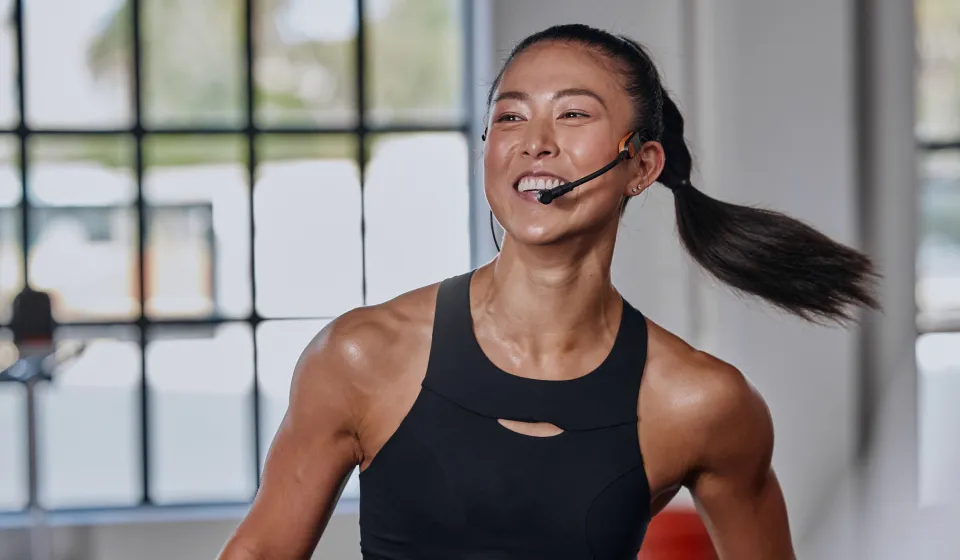
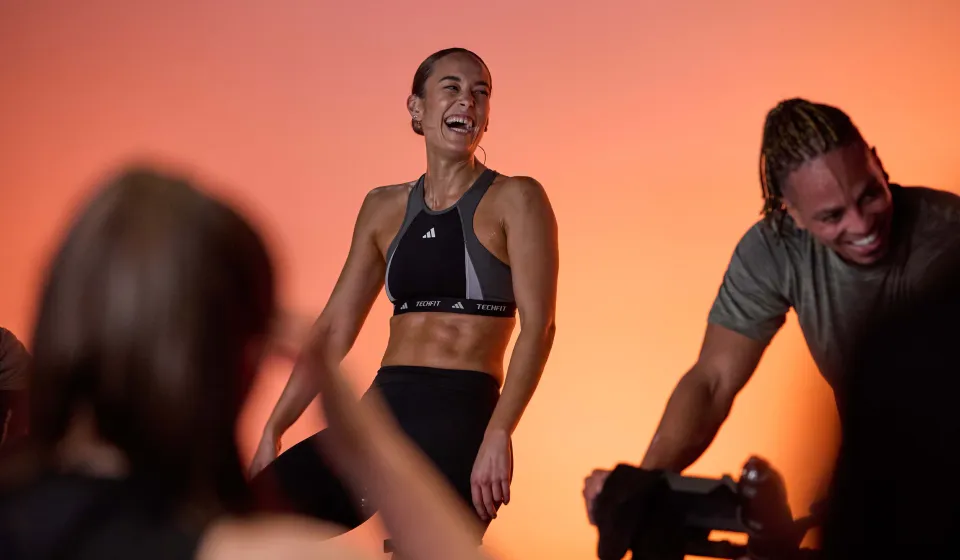
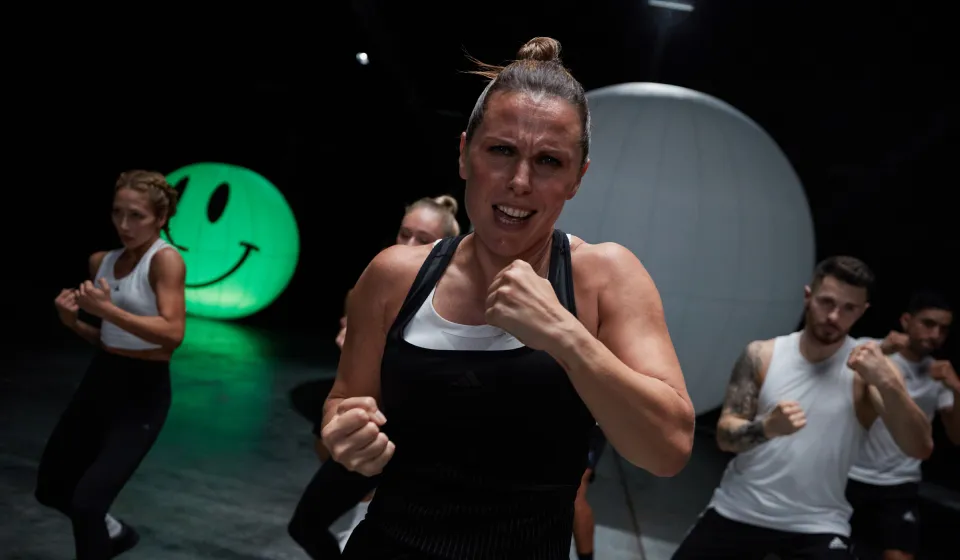

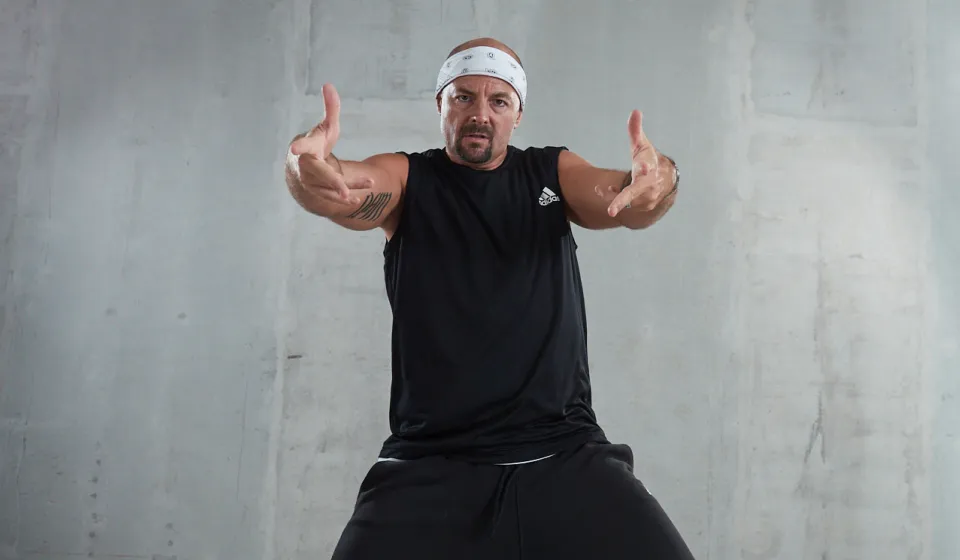
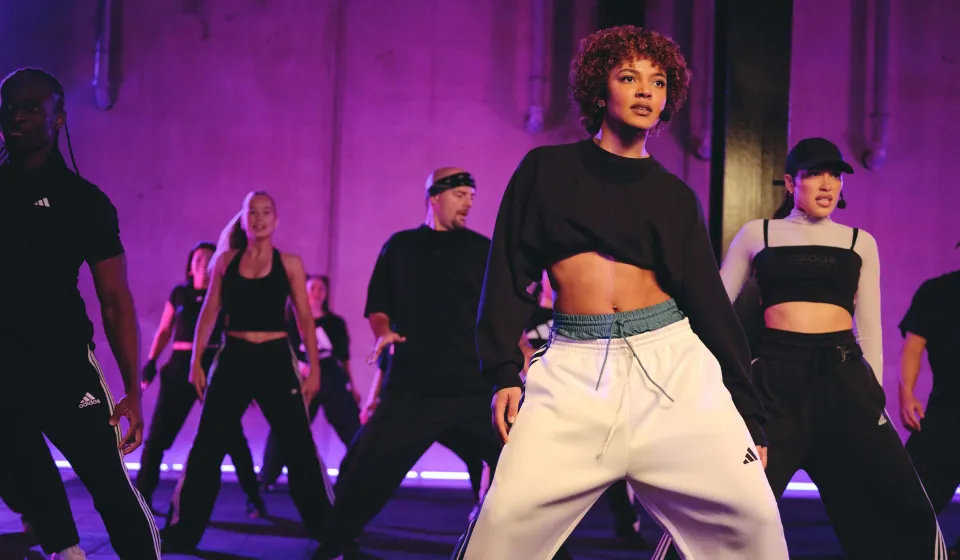
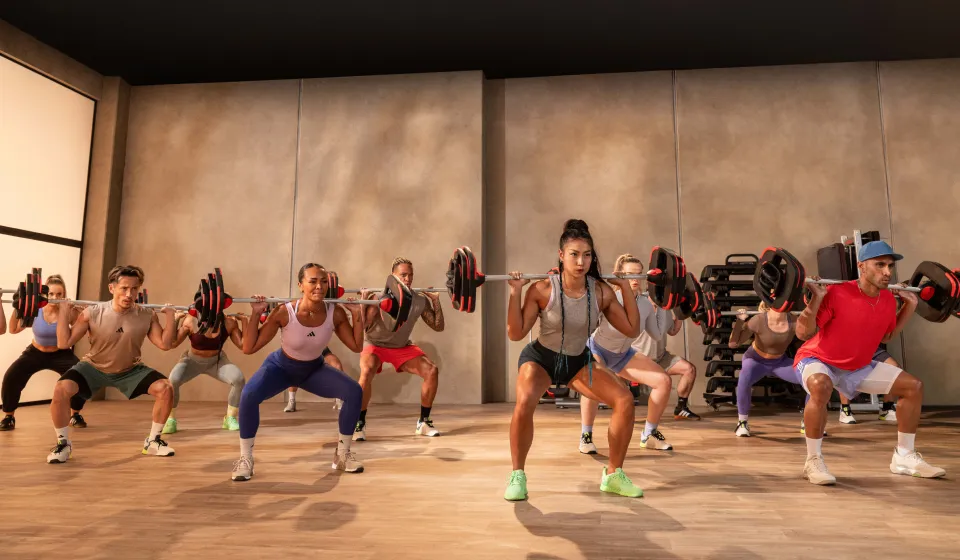

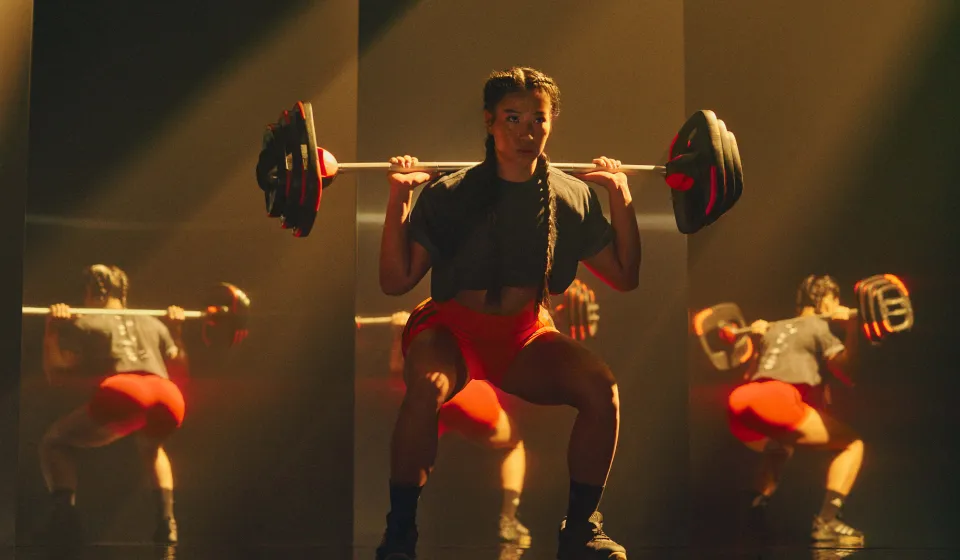

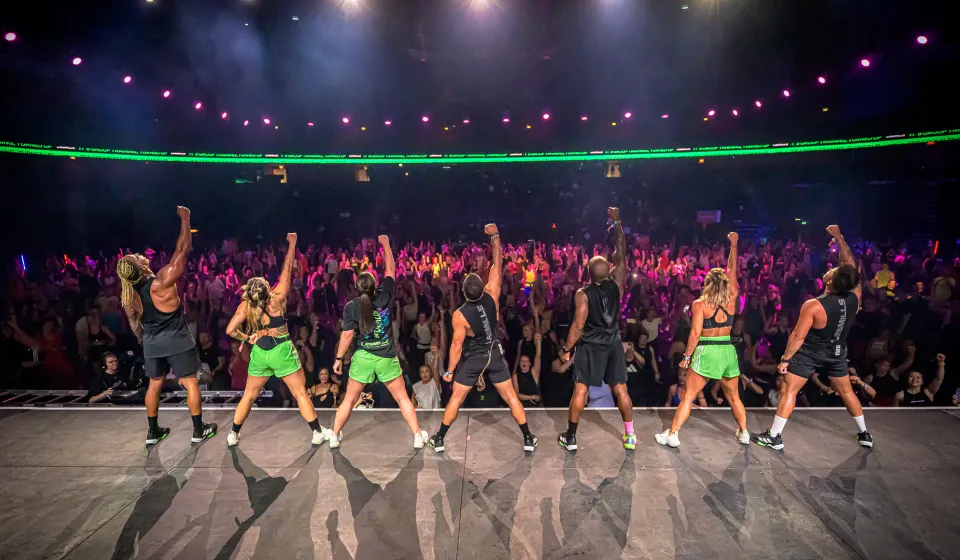
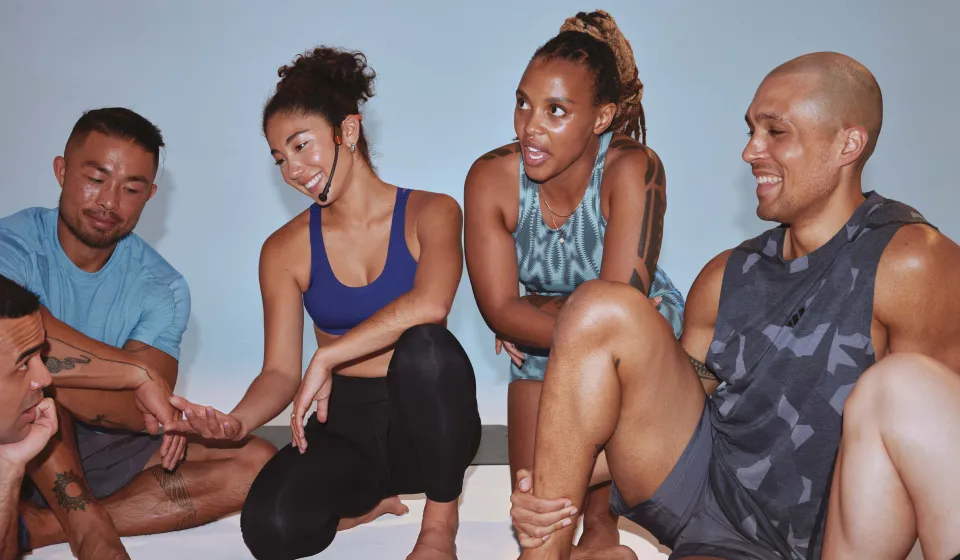
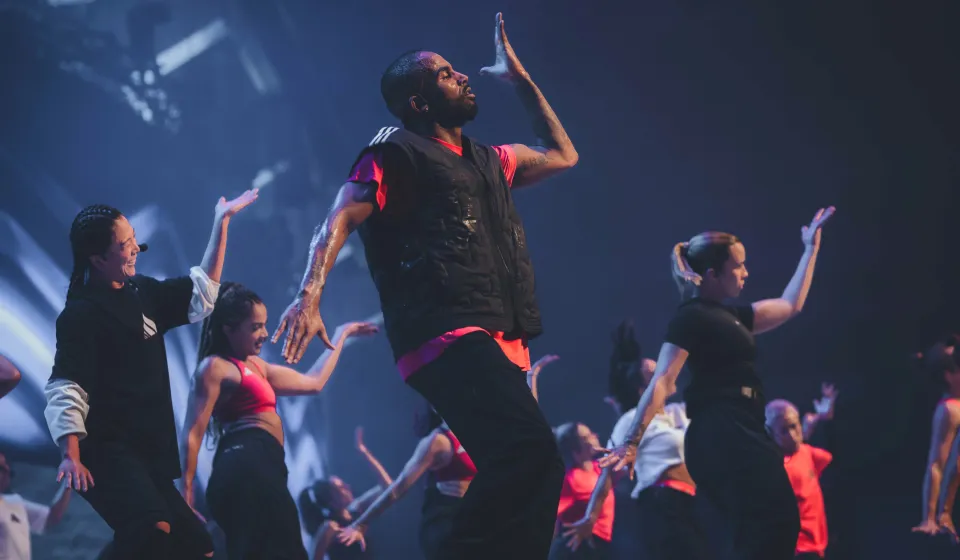
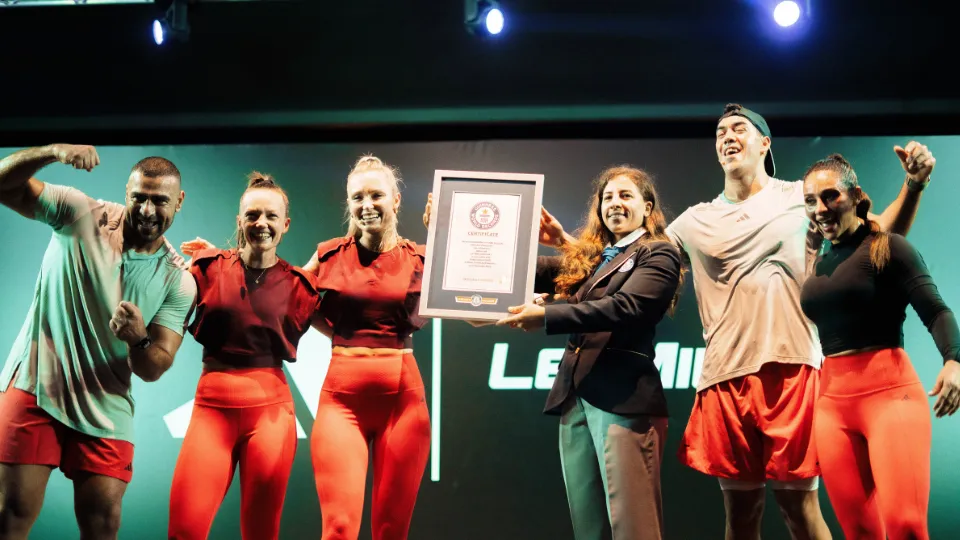
.webp)
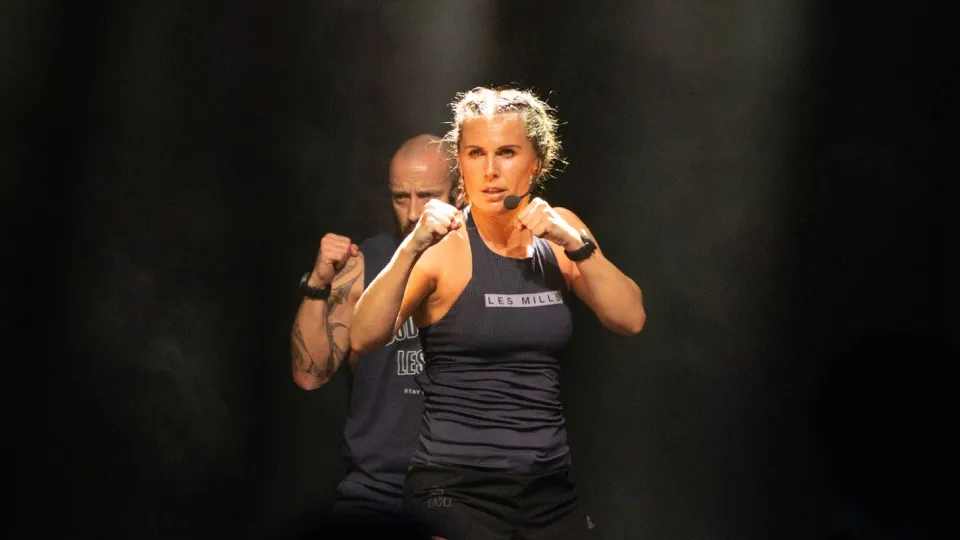
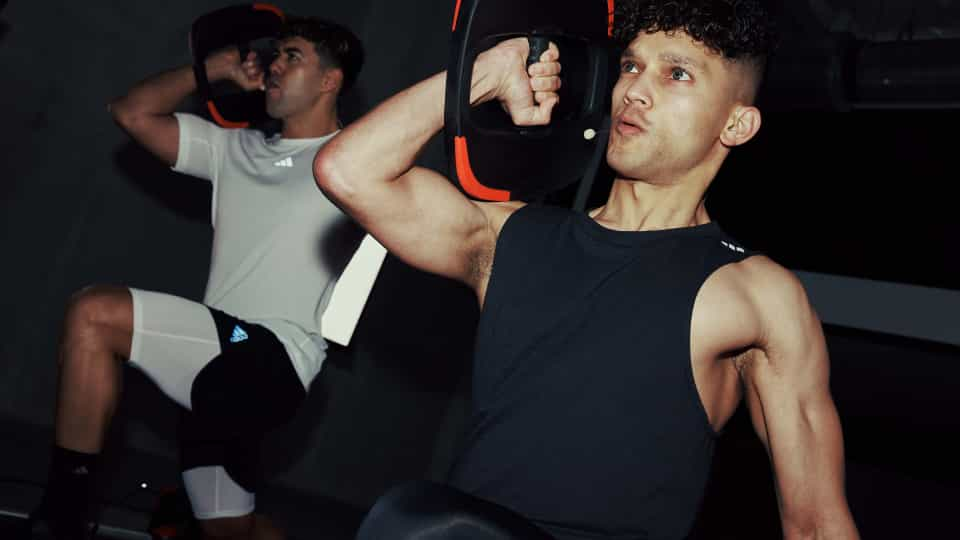


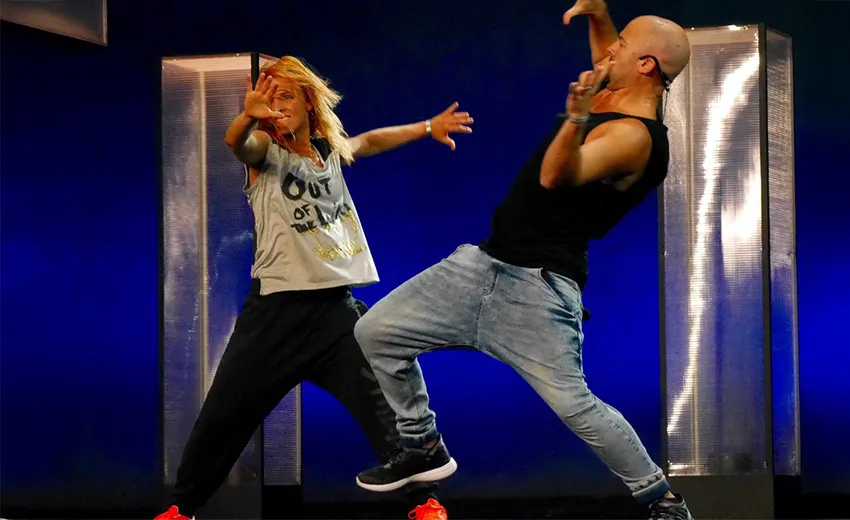




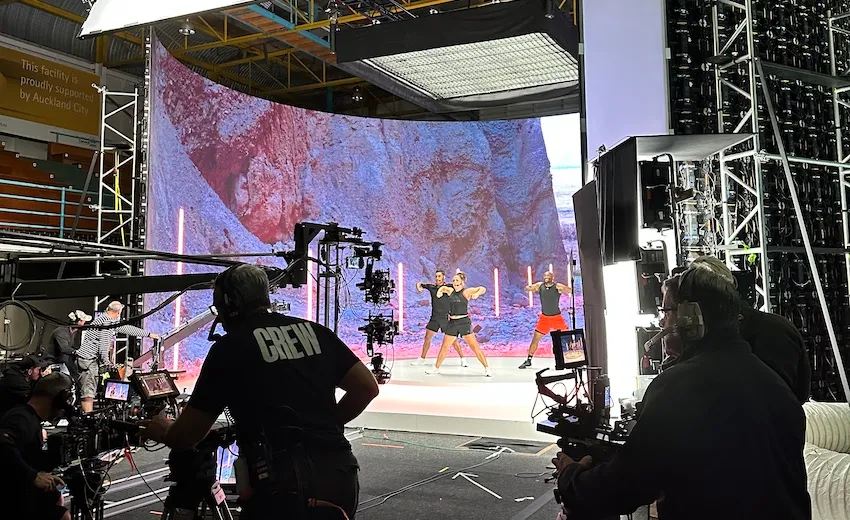
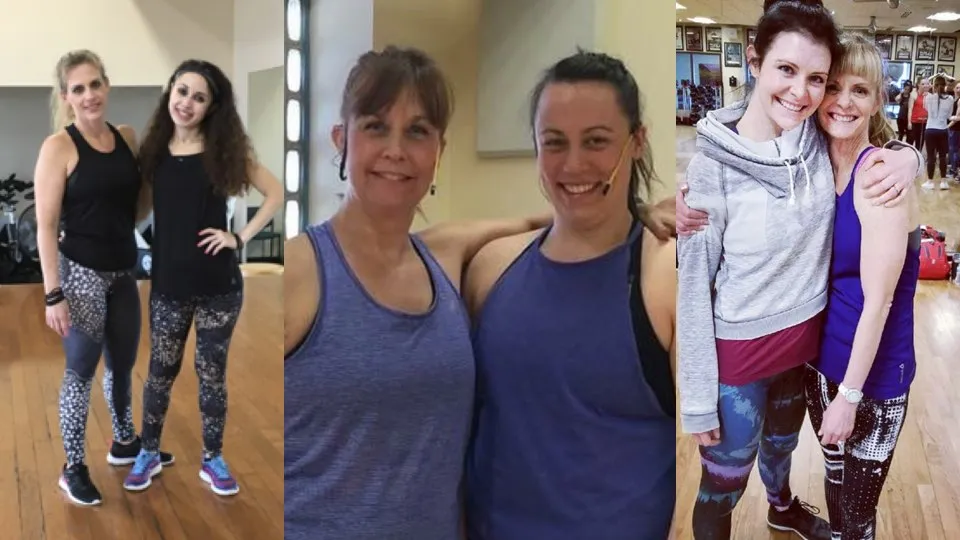




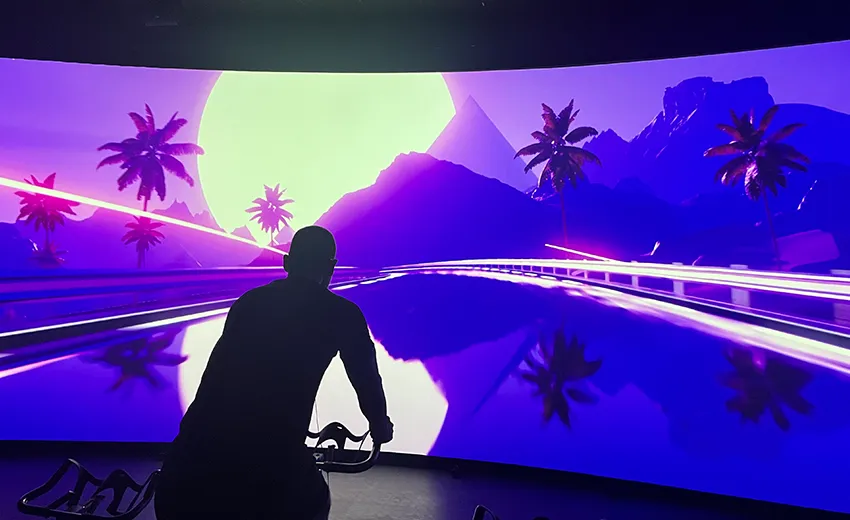
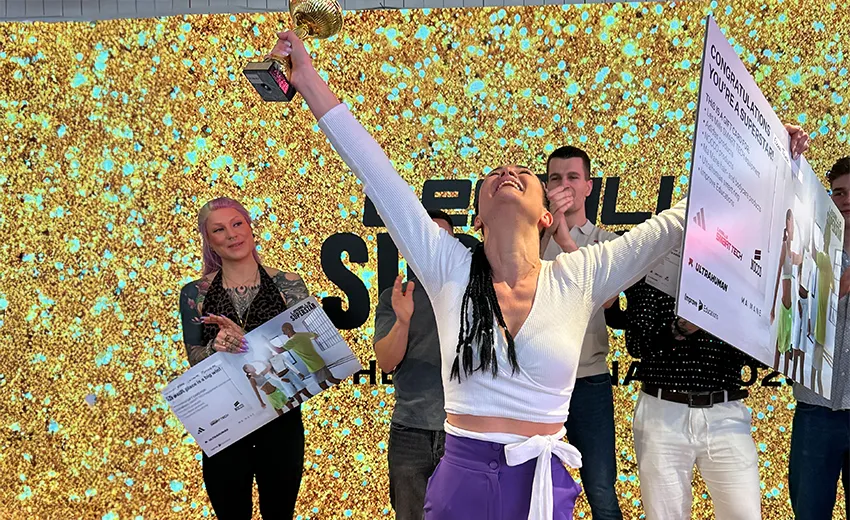






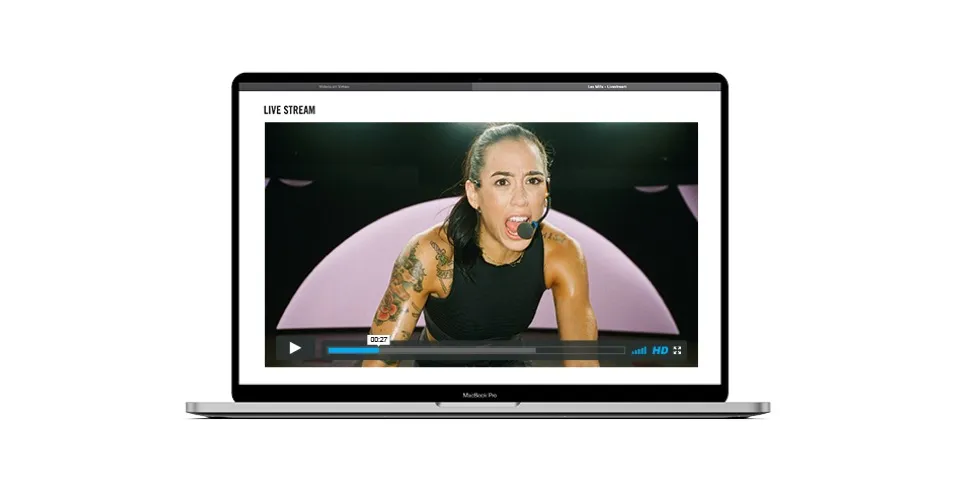

.webp)
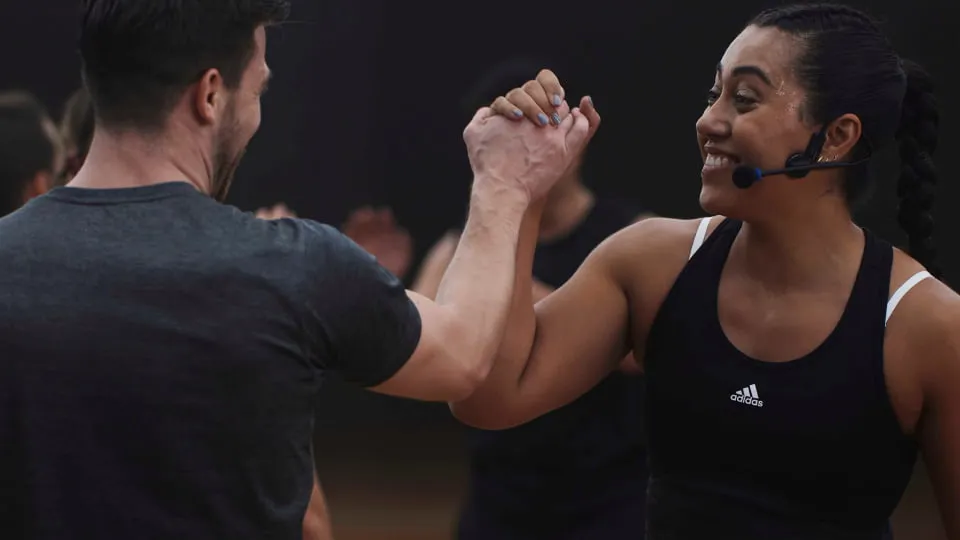

.webp)
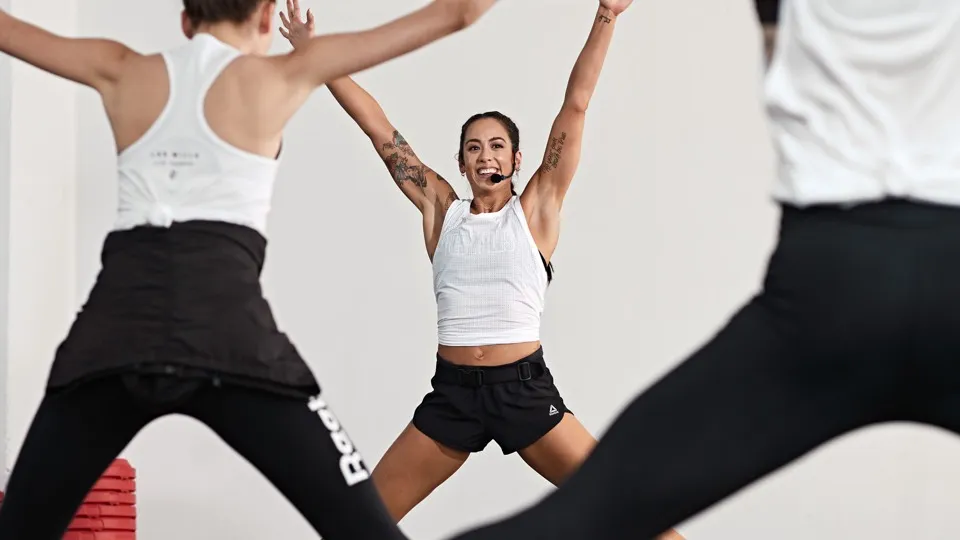
.webp)
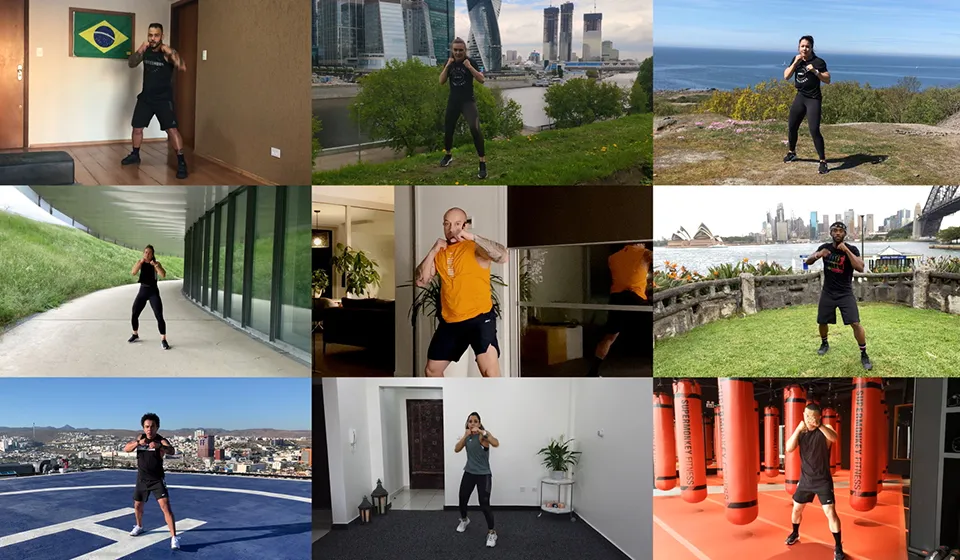
.webp)
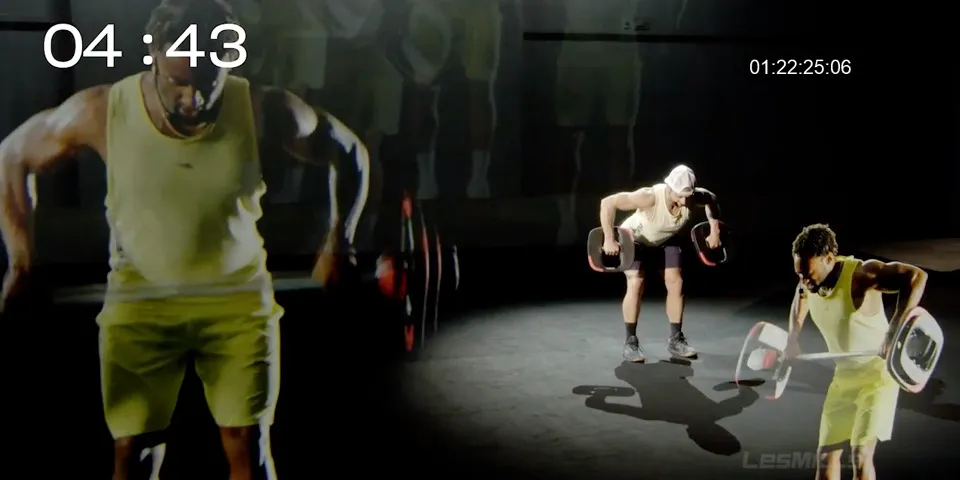
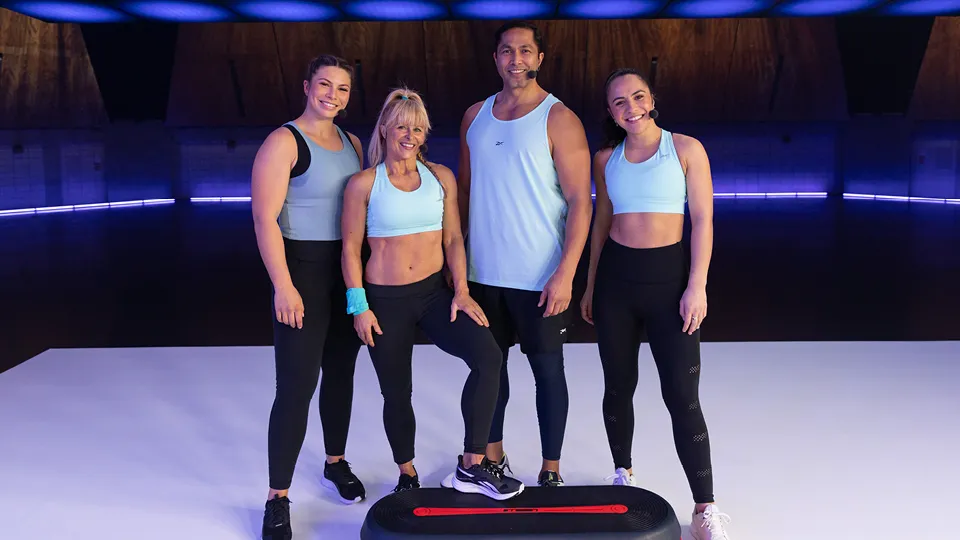


.webp)


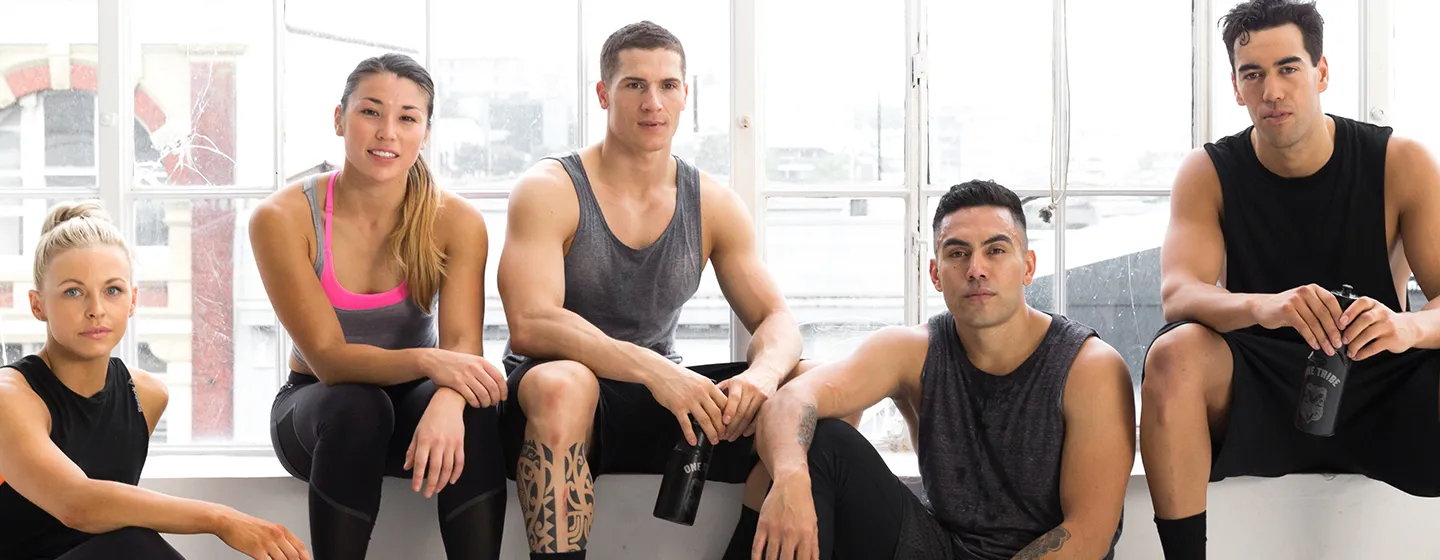


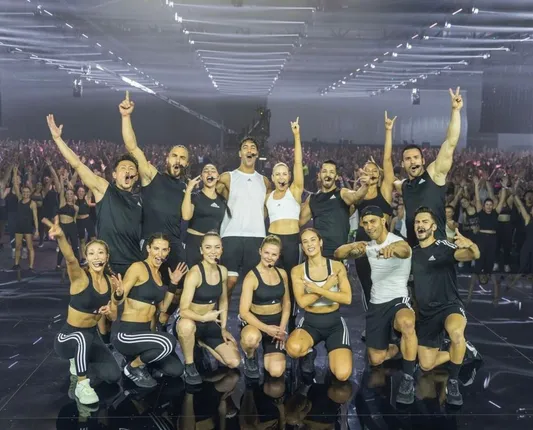
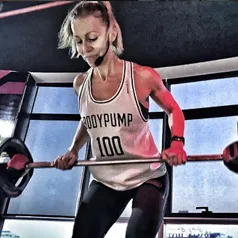
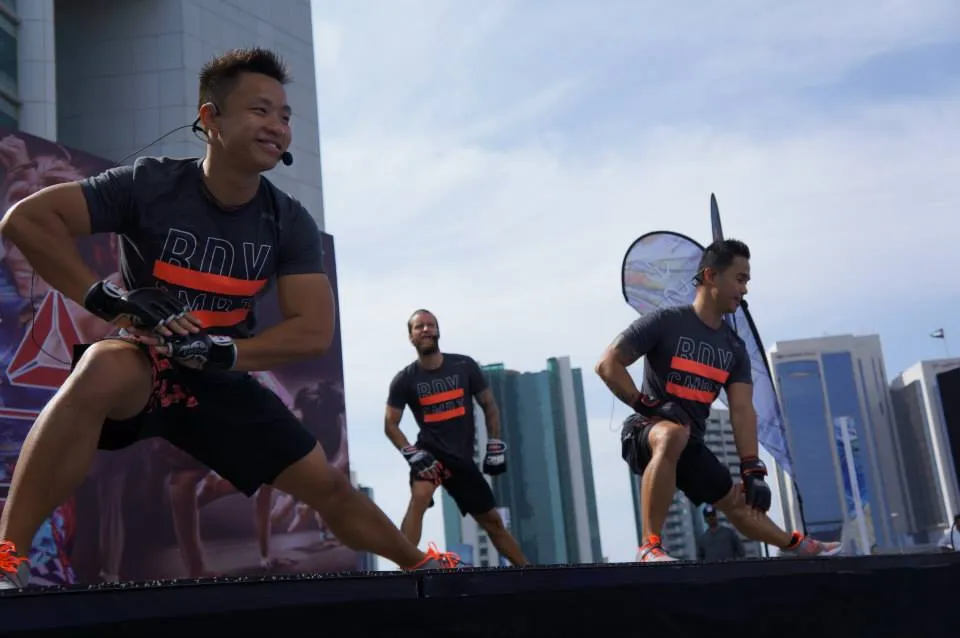
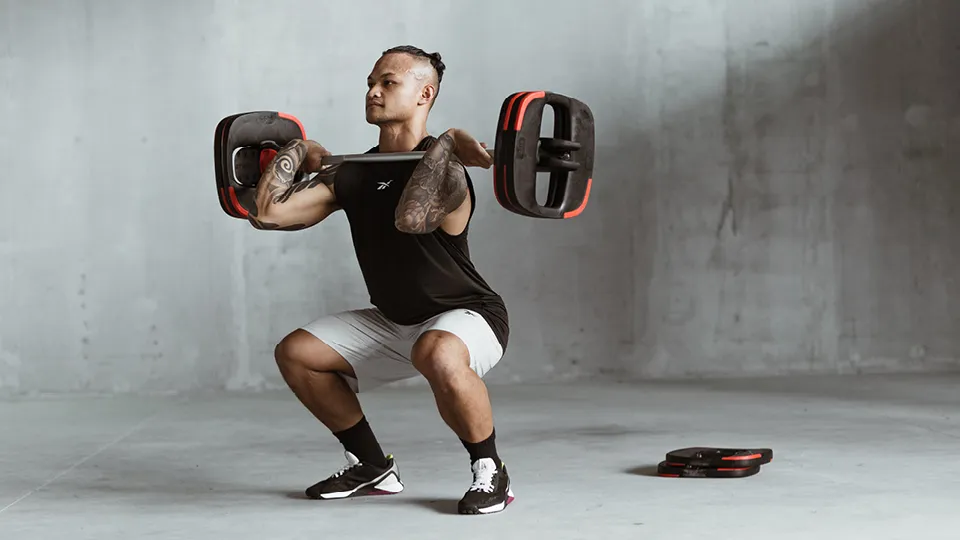


.webp)

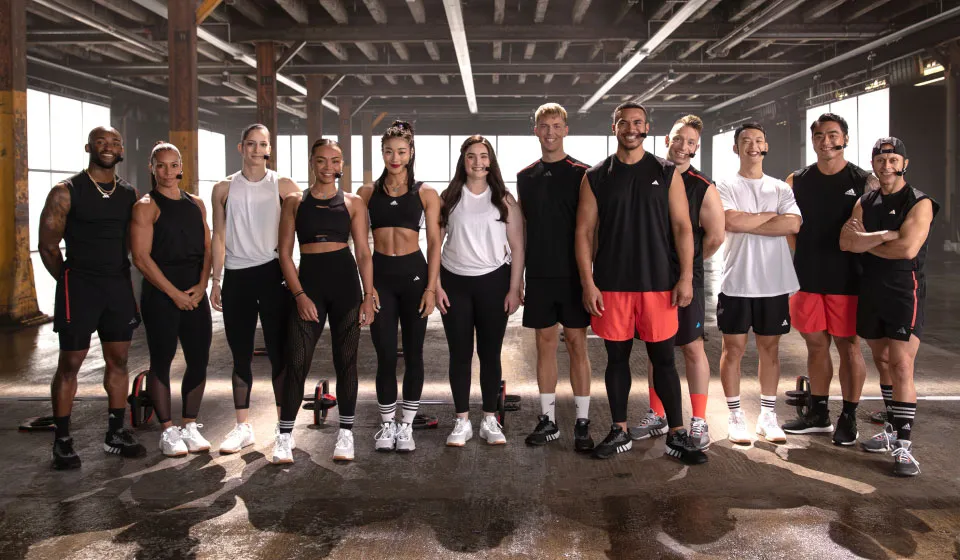
.webp)
.webp)
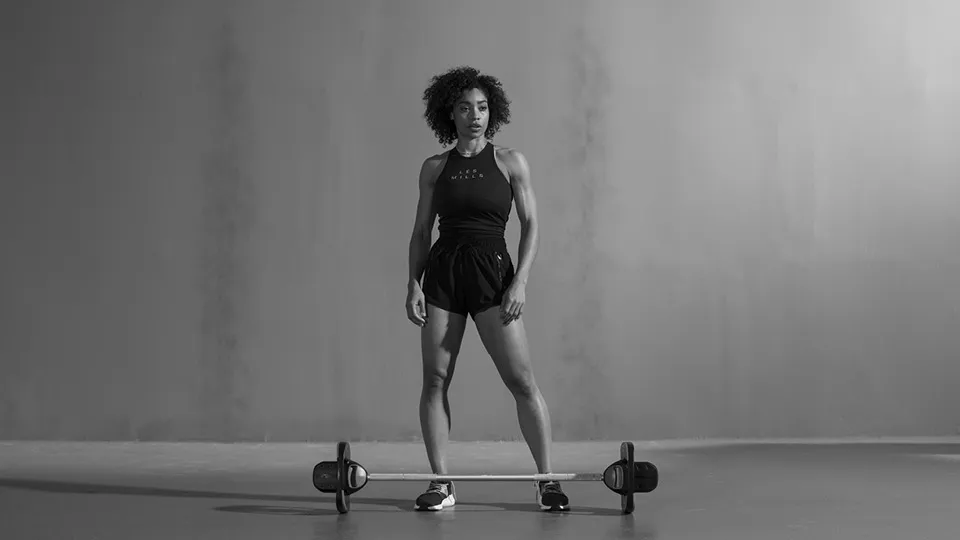
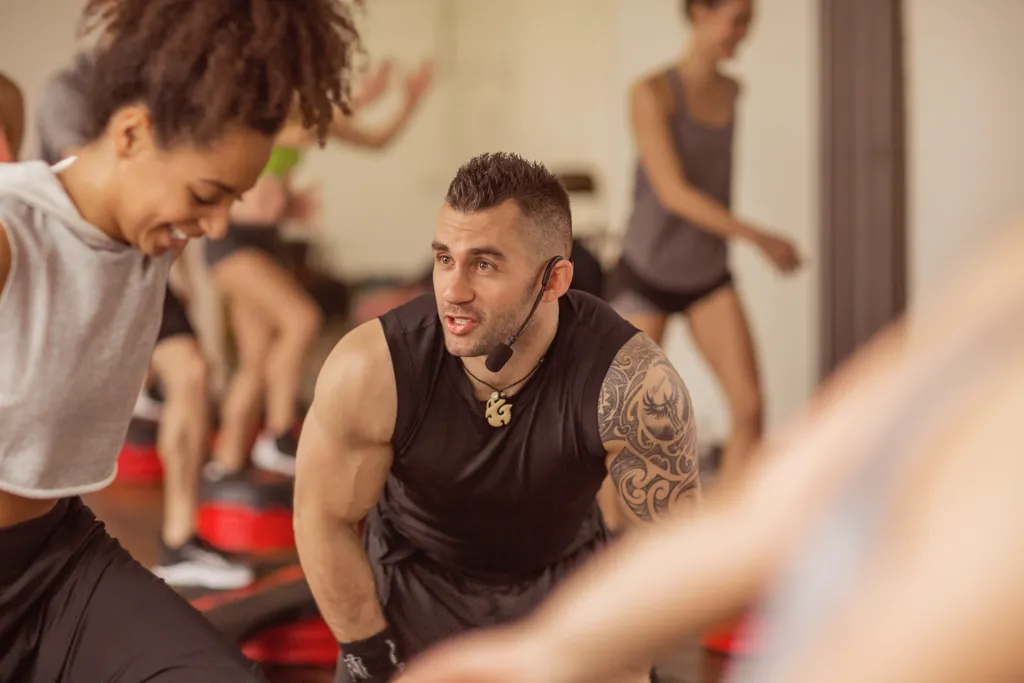
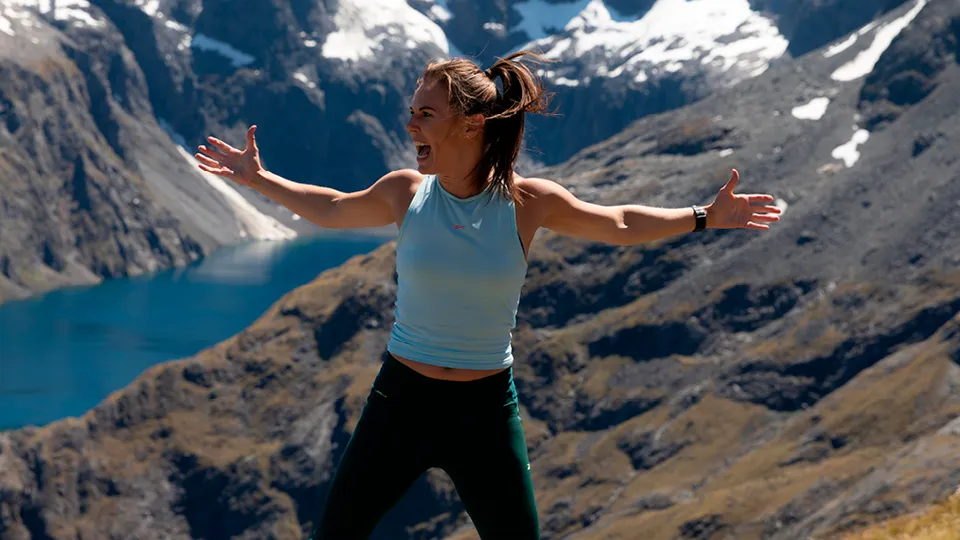

.webp)
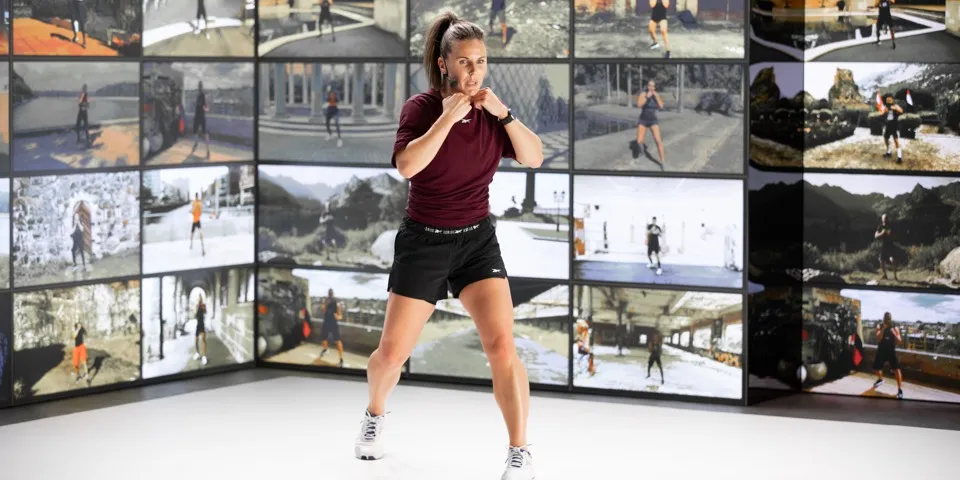
.webp)
.webp)
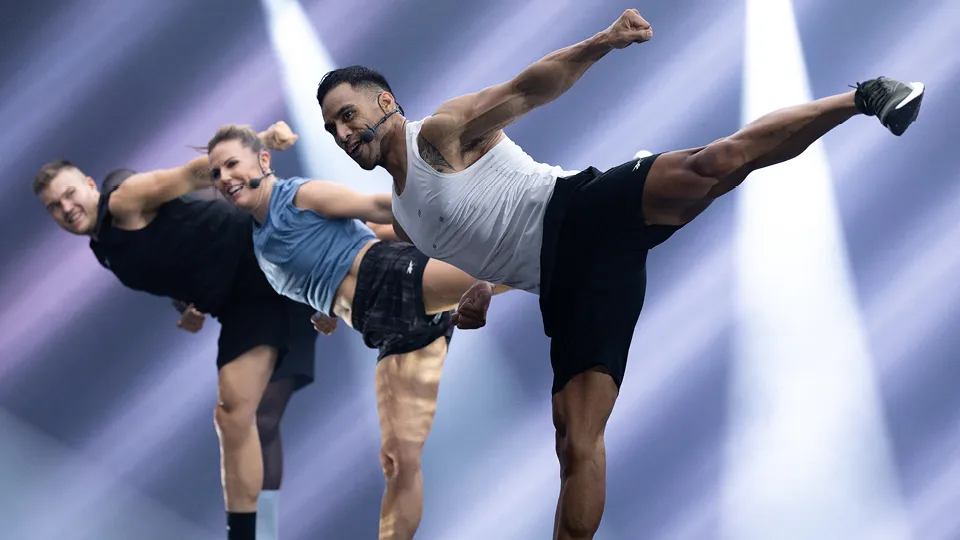


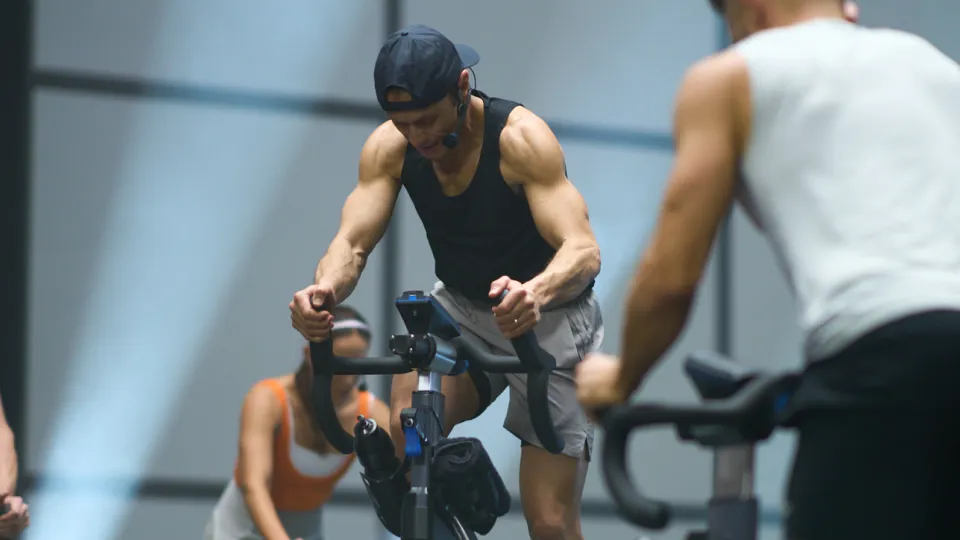
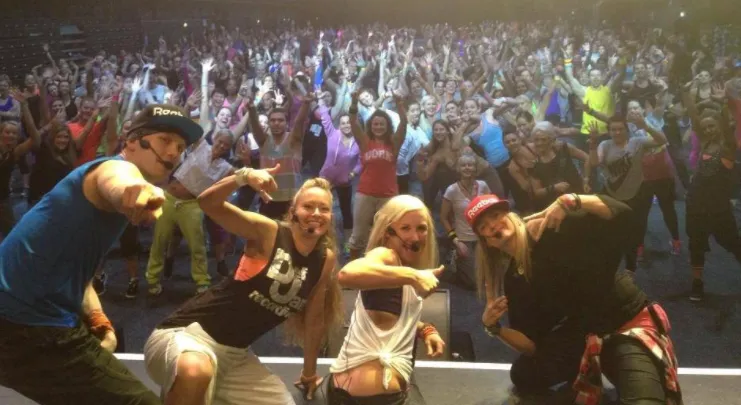
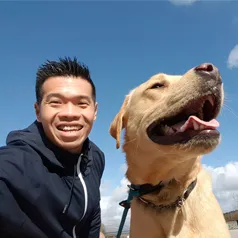
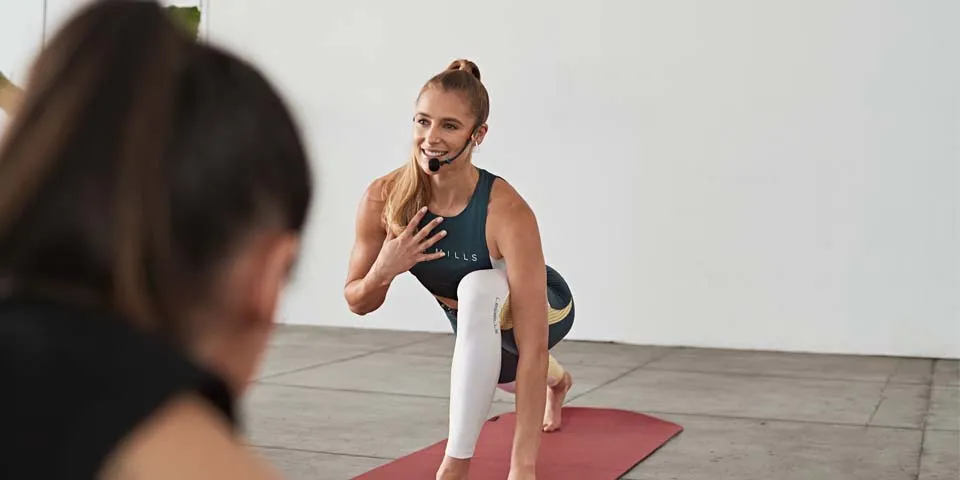

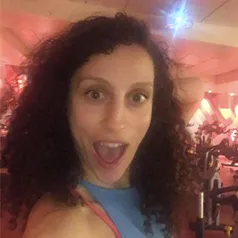
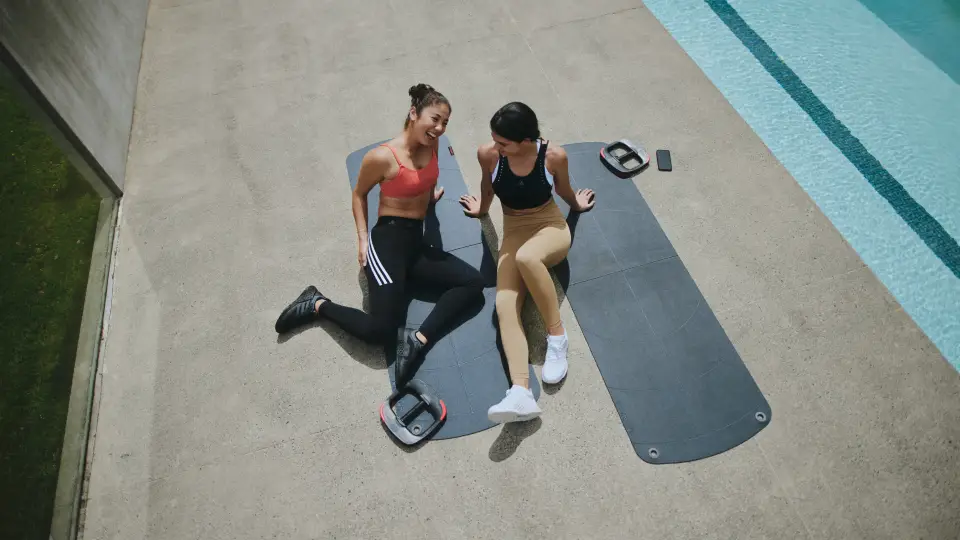



.webp)
